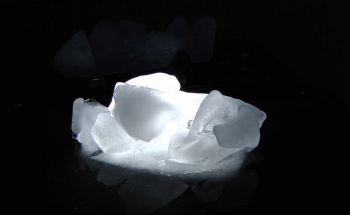- Installations
- Counter Fugue
- Passing Lines
- Two Thirds Are In Our Dreams
- The Crack
- Deck Log
- Mountains, a Timeline of
- Walk the Cloud
- The Clearing
- Imaginary Time
- Counter Memory Project, Mountains as Resistance
- Moving Line
- Gorge
- Home
- Perception of Reality
- Fluctuation
- In Memory of Water
- Rewilding Memory
- Aperture
- Singularity
- Perception
- Even Water
- Persistence Obscura
- Exile
- Silberstreif: walking in restricted times
- Tracing
- Inner Distance
- Nangpa La Pass
- War Crimes Are Being Investigated
- Episode
- C'est l'histoire d'une démocratie qui tombe
- Friendly Fire
- Resonance Fields II
- A Place Before Time
- Beyond Walden @ S.O.M.A
- Walled
- Moving Mountain
- Line of Sight
- Perception Shift
- Log II
- Mirror Fugues
- Mountains Come First
- Moving Mountain II
- Radical Distortion
- Beyond Walden
- Ravine II
- Ravine III
- Free Fall
- Rock/Mountain Gardens
©Copyright 2013-2025
Two Thirds Are In Our Dreams
three-channel video, 2020
A series of staged melting icebergs in my garden produced during Covid-19 quarantine.
"Ice has a memory. It remembers in detail and it remembers for a million years or more.
Ice remembers forest fires and rising seas. Ice remembers the chemical composition of the air around the start of the last Ice Age, 110,000 years ago. It remembers how many days of sunshine fell upon it in a summer 50,000 years ago. It remembers the temperature in the clouds at a moment of snowfall early in the Holocene. It remembers the explosions of Tambora in 1815, Laki in 1783, Mount St Helens in 1482 and Kuwae in 1453. It remembers the smelting boom of the Romans, and it remembers the lethal quantities of lead that were present in petrol in the decades after the Second World War. It remembers and it tells – tells us that we live on a fickle planet, capable of swift shifts and rapid reversals.
Ice has a memory and the colour of this memory is blue.
High on the ice cap, snow falls and settles in soft layers known as firn. As the firn forms, air is trapped between snowflakes, and so too are dust and other particles. More snow falls, settling upon the existing layers of firn, starting to seal the air within them. More snow falls, and still more. The weight of snow begins to build up above the original layer, compressing it, changing the structure of the snow. The intricate geometries of the flakes begin to collapse. Under pressure, snow starts to sinter into ice. As ice crystals form, the trapped air gets squeezed together into tiny bubbles. This burial is a form of preservation. Each of those air bubbles is a museum, a silver reliquary in which is kept a record of the atmosphere at the time the snow first fell. Initially, the bubbles form as spheres. As the ice moves deeper down, and the pressure builds on it, those bubbles are squeezed into long rods or flattened discs or cursive loops.
The colour of deep ice is blue, a blue unlike any other in the world – the blue of time.
The blue of time is glimpsed in the depths of crevasses.
The blue of time is glimpsed at the calving faces of glaciers, where bergs of 100,000-year-old ice surge to the surface of fjords from far below the water level.
The blue of time is so beautiful that it pulls body and mind towards it."
from Robert MacFarlane's book, Underland, A Deep Time journey


